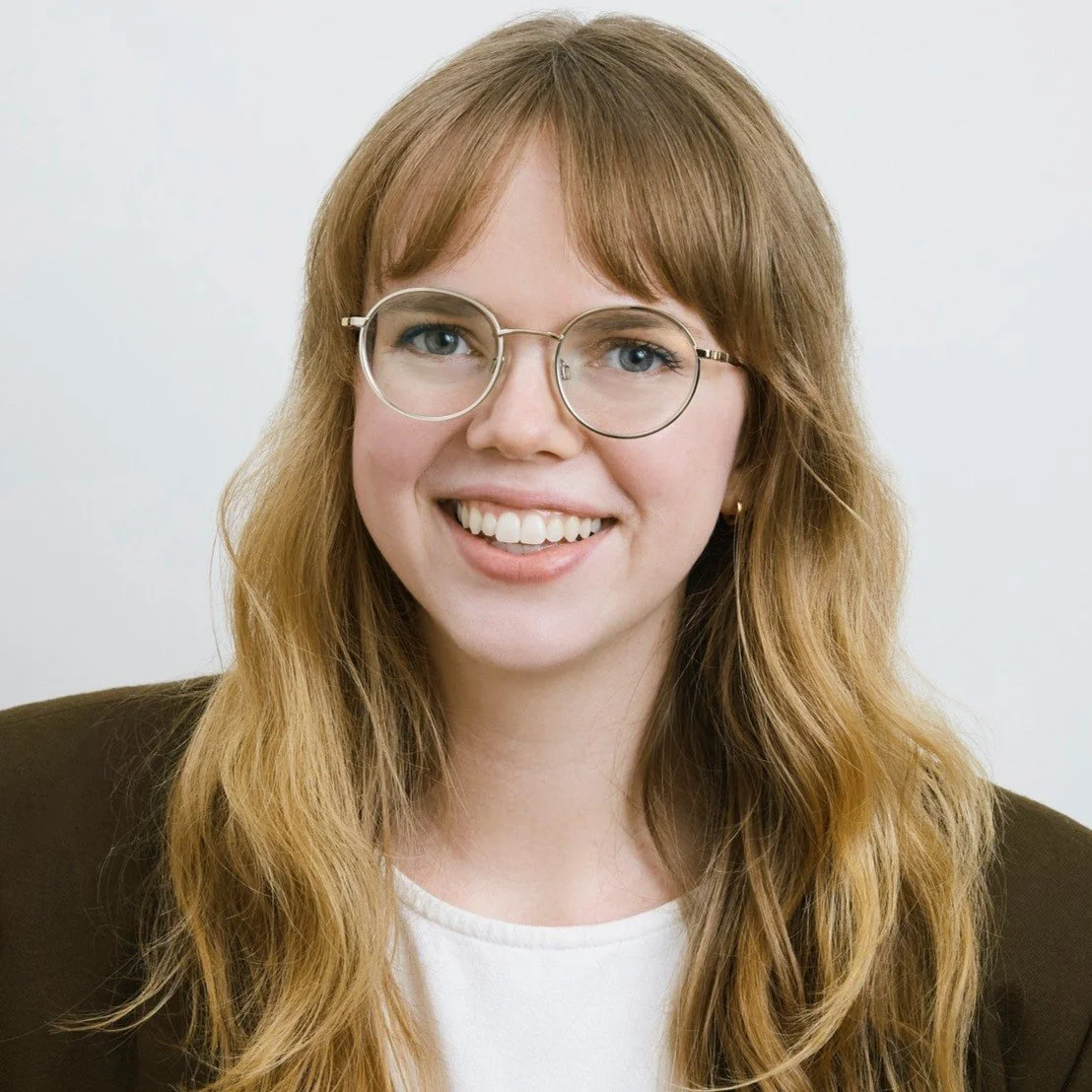Impact Interview: Amy Bohnenkamp
Name: Amy Bohnenkamp
Role/Function: Sustainability Manager, Springs Window Fashions
What are you working on these days?
I’m currently a Sustainability Program Manager for Springs Window Fashions, a North America-based window shade and blind manufacturer. I started by evaluating the human health and climate impacts of our products by working on Cradle to Cradle certifications and Environmental Product Declarations. But over the past year, my role has shifted more toward strategy. I’ve been building our first branded sustainability program and action plan and co-lead a cross-functional task force that drives sustainability initiatives across different channels, making sure we’re aligned as a company. In addition, I run monthly sales trainings, work with architecture and design firms on LEED and WELL certified building projects and participate in industry organizations that are driving the adoption of sustainable building materials.
What was the “aha” moment that sparked your interest in social and environmental impact?
I went to college to pursue a degree in Textile and Apparel Design. A few of my professors researched patterns from nature, upcycling, and global textile traditions in their personal work, which sparked my interest in the environmental and social impact of clothing. The Rana Plaza collapse also happened during this time, and I got engaged in the discourse about the social impact of fashion that was happening at the time. I read the book Overdressed by Elizabeth Cline, watched documentaries, compiled lists of all the nascent sustainable brands and learned about fair trade and Oeko-Tex certifications. Right after graduation I started working in fabric R&D at a major women’s apparel company and found myself fixated on sustainability issues like reducing sample fabric waste and sourcing recycled or organic alternatives to our current assortment. One moment I remember clearly was being asked to source an iridescent PVC fabric and noticing a Prop 65 label attached to it. It really shook me. Why would we make products with known carcinogens? It hit home for me that I had a massive responsibility for the human health consequences of our products.
How did you break into the impact space? What career advice would you give to professionals who are just starting out or looking to transition?
After a few years working in apparel I decided that being a sustainability person first, textile expert second, could drive more impact in my work. I decided to go back to school to get my Masters in Sustainability Management, where I studied part-time over two and a half years while holding a mix of sustainability-related jobs. That program really set me up for success. It taught me how to think critically and strategically, how to adapt quickly and how to absorb new information fast. I loved the structure, the mentors, the content and the community I found there. That said, I don’t think going to school is right for everyone. There are so many other ways to learn and build skills: participating in industry groups, employee resource groups or taking upskilling courses online. My advice would be to find ways to integrate sustainability principles into your current role and see what grows from there.
Working in impact is often about driving change. What is the skill or trait that has been most important for your work as a change agent? How did you learn or hone it?
Listening. It’s essential to meet people where they are and tailor the message accordingly and to decide which information is relevant for different people. I speak differently with customers who are brand new to sustainability than I do with other sustainability managers, which is very different from how I pitch ideas to senior leaders. I want this work to be transparent, inclusive, and approachable. I don’t want to talk down to people who are just starting out or feel like it’s not for them. I like to focus on welcoming people in and illuminating the impact that they can make in their day-to-day lives.
What most excites you about the impact space right now?
It’s been a tough and chaotic year in so many ways but what excites me is how resilient and collaborative my professional community has been. In the sustainable building space, I’m seeing industry groups come together and move forward despite tariff changes, funding cuts, and policy changes. People genuinely want to support each other and collaborate to move initiatives forward. That sense of solidarity is keeping me going.
This season, our Impact Interviews series features members of the Change Hub, our membership community for busy sustainable business professionals. Tap into trainings, tools and a trusted network of fellow impact practitioners (including Amy!) by JOINING US HERE.

